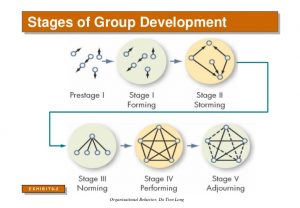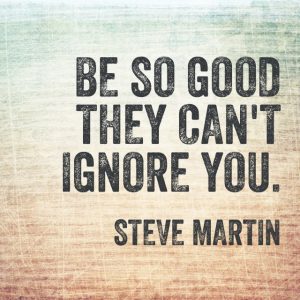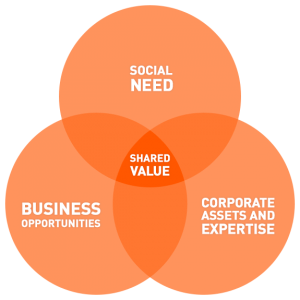Each year, countless of companies fail due to the inability to change. While sometimes the issues are hard to identify or almost no one discovers them, a lot of times people have already recognized the flaws but are unable to transform their organizations. Before attribute these failures to stubborn managers or single-minded employees, let’s examine what actually happens in people’s mind when organizational changes occur.
Driving organizational change can trigger people’s fear and activate the same portion of the brain which deals with physical threats. In this article, McFarland suggests that people’s fear of being unable to navigate in the workplace will increase organizational resistance. Employees consider their key needs, “status, certainty, autonomy, relatedness, and fairness”, to be deprived by the change and it would always be better to avoid such loss. Moreover, neuroscientists found that the “burning platform atmosphere” at work triggers a limbic response in employees. A burning platform is a practice to motivate employees to change through threatening them, and it has now been proven to be ineffective to reach organizational goals.
It seems like humans do not have full control over themselves. While this fatal statement can be depressing to changemakers, let’s not forget how little time humans(specifically, homo sapiens) have been free from day-to-day physical threats. Our ancestors went through those times which they have to be always prepared for fight, and this psychological defending mechanisms have long been hard-wired in our brains. To turn off the alarming system is by no means an easy task, but making people focus on evidence, fact, and how they can benefit from the change will certainly help. Moreover, letting employees be involved in decision making, effectively communicating the visions to the employees, and demonstrating short-term positive outcomes of the change will help the reinforcement.
Managers and exec often assume that employees know their plan and purpose of the change, however, the reality has been the opposite. It is worthwhile to invest time in educating and communicating with employees, rather than executing the change plan arbitrarily.
Word Count: 338












Recent Comments